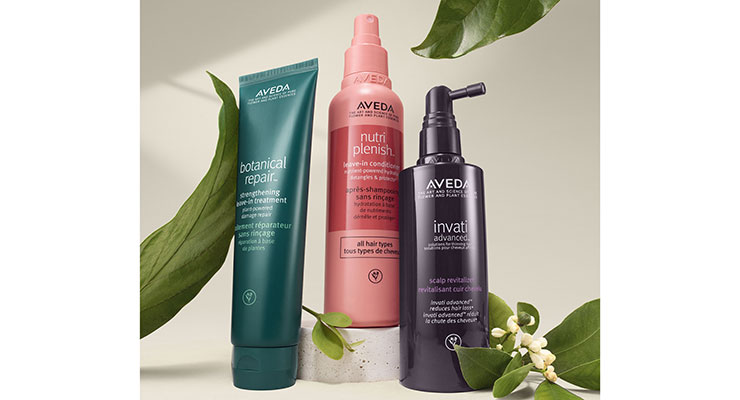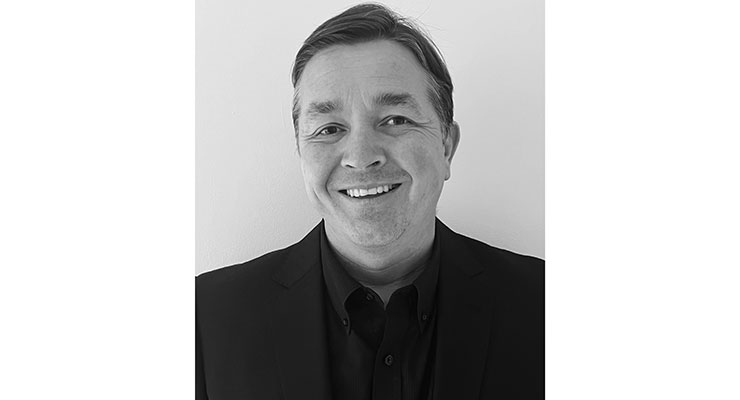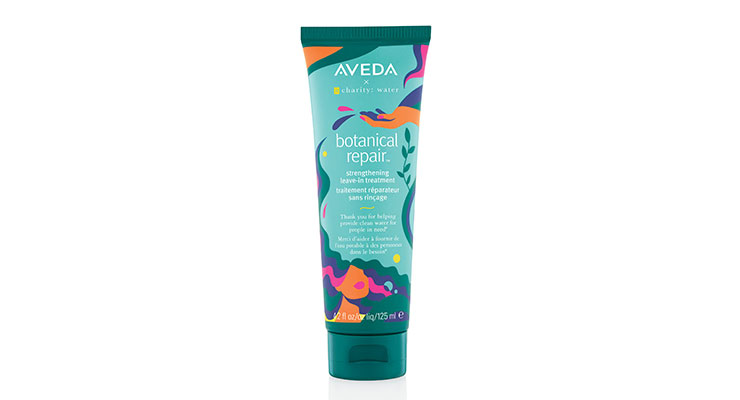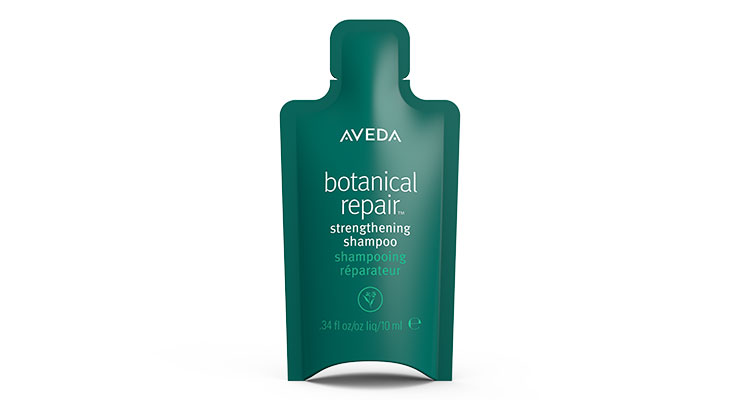Jamie Matusow, Editor-in-Chief04.26.23
Aveda has been “the poster child” of sustainable packaging for decades, innovating with less materials, as well as new options.
Here, Jim Poland, the brand’s Executive Director Packaging Development, speaks with Beauty Packaging about their recently achieved B Corp certification, some of their latest advances in the area—and how they continue “pushing to deliver more sustainable packaging solutions that move the brand, and the industry, forward.”
Our Q&A with Aveda's Executive Director Packaging Development, Jim Poland
Jamie Matusow: Please provide a brief history of Aveda. Was it sustainably minded from the start? And how did this approach win over consumers?
Jim Poland: Aveda was founded on a mission to care for the world over 40 years ago. This mission is the fabric of our DNA, and to this day, it’s woven into everything we do and every decision we make at Aveda.Aveda has a deep history of sustainability, from clean ingredients to responsible manufacturing and thoughtful packaging; the brand was a pioneer in the sustainability space and continues to set new standards in beauty today. We often refer to Aveda as a “no-compromise” brand, meaning today you can find products that are high-performance, plant-powered, vegan and cruelty-free, all rooted in a mission of environmental care and responsibility.
JM: How has Aveda continued to lead the industry in sustainable packaging?
JP: Aveda has long pioneered innovation in packaging with an ambition to minimize packaging materials and maximize the use of recycled content wherever possible. To this day, we’re constantly pushing to deliver more sustainable packaging solutions that move our brand, and the industry, forward.At Aveda, we design our packaging following several guiding principles, including:
- Consideration of the packaging’s life cycle;
- Reducing the size, weight and production processes of packaging wherever possible;
- Offering packaging that can be recycled whenever possible;
- Using the most environmentally sound materials and as much post-consumer recycled (PCR) content as commercially possible without affecting the efficacy of the product;
- Challenging our packaging partners to meet the same standards as we hold for ourselves.
JM: What has been a first for Aveda, when it comes to packaging?
JP: In the early 2000s, Aveda pioneered the use of 100% post-consumer recycled (PCR) PET bottles, and was the first beauty company to launch a 100% PCR HDPE jar. A few years later, in 2006, Aveda became the first company to incorporate 80-95% PCR HDPE bottles and jars, reducing the brand’s use of virgin HDPE, and Aveda was the first beauty company to launch a 100% PCR HDPE bottle and 100% PCR PP cap.In 2020, Aveda introduced 350ml mono-material tubes with the launch of its Botanical Repair franchise, the brand’s first recycle-ready tube. And in 2021, Aveda launched an industry-first, paper-based, locally recyclable sachet as new sustainable packaging innovation. Aveda was the first prestige beauty brand to partner with Xela Pack to launch an innovative, paper-based, locally recyclable sachet sampling solution in the EU and UK.
Finally, for Aveda’s Earth Month campaign in April 2023, we’ll be selling a limited-edition of our Botanical Repair Strengthening Leave-In Treatment which will come in a tube made from 100% ocean bound plastic, a first for Aveda.
JM: How do you determine the use of color for sustainable packaging?
JP: Color is a very important part of a brand’s equity and helps consumers find products that are right for them. We’re happy to be able to use 100% PCR HDPE packaging in vibrant, on-trend colors that communicate the performance and naturality of Aveda’s products.JM: Can you provide some details on the recyclability of packaging, use of mono-materials, etc.? What about refillables?
JP: Whenever physically possible, we design packaging that is both technically recyclable and practically recycled in the regions we sell them. This means understanding what material types, sizes, forms and colors are collected and recycled in each region.One of the foundations of enabling large-scale recycling is to maximize use of single material packaging—“mono-material”—or packs where the materials are easily separated at scale. Refillables and rechargeables are growing across the industry; we have conducted experiments with refillables, and expect to do more in the future.
JM: How do you envision the future of sustainable packaging?
JP: The packaging industry is in the middle of a disruption. Consumers are realizing that the time is now to choose products and brands that are sustainable for people and the planet. This growing consumer movement will drive changes in the products we use, how we buy them, how we use them, the materials they are made from, etc.In packaging, I expect big advances in all elements of “Reduce, Reuse, Recycle” as companies are finding ways to reduce plastic use and develop plastic alternatives, ways to eliminate single use and ways to keep the plastic we use in a circular lifecycle.
JM: Do you anticipate a rise in consumer awareness of the impact of waste & recyclable materials—and will that influence packaging’s future?
JP: Along with the larger consumer movement toward sustainability, I believe this awareness of materials is happening already. I’ve worked in packaging for many years and have seen sustainable packaging go from a “nice to have” to now a “must have.”People and companies are becoming increasingly aware of the need to change, and the leading edge demands of 5 years ago are now base expectations, and new leading-edge demands are pushing forward. It’s speeding up, not slowing down.
JM: Anything else our audience would be interested in knowing regarding Aveda’s sustainable packaging? Is everything from the brand sustainable in some way?
JP: Whenever you hear a brand talk about sustainability, I think there is a natural skepticism if they are simply saying things that people want to hear. I’ve been at Aveda for almost a year now and I can say that around every corner I have turned in this company, I have been pleasantly surprised and inspired by the brand’s commitment to sustainability…in all areas of the business.Beyond the major sustainability pillars core to our brand, there are so many things that I have observed in our office and manufacturing facility that consumers will never hear about and we will never market, that people do because it is simply the Aveda mission to do so. I can honestly say Aveda is a brand I’m incredibly proud to work for.

















